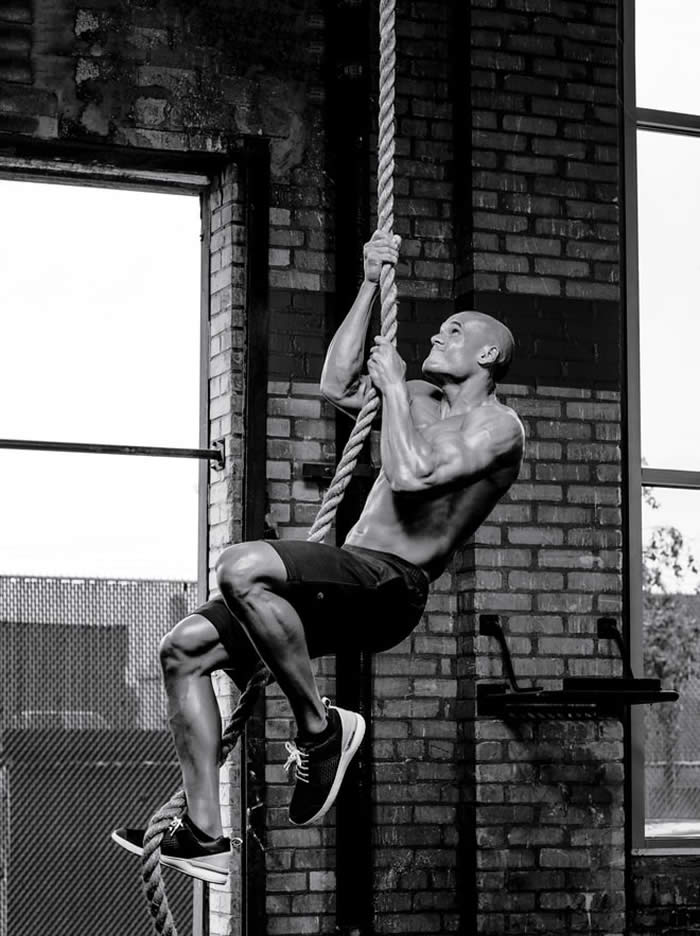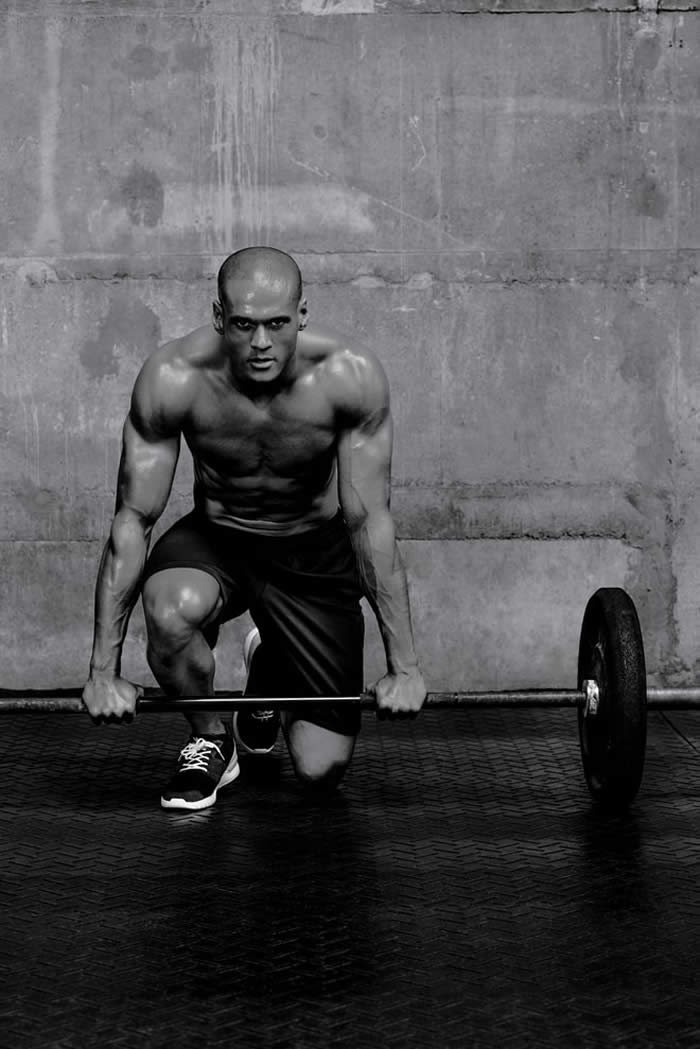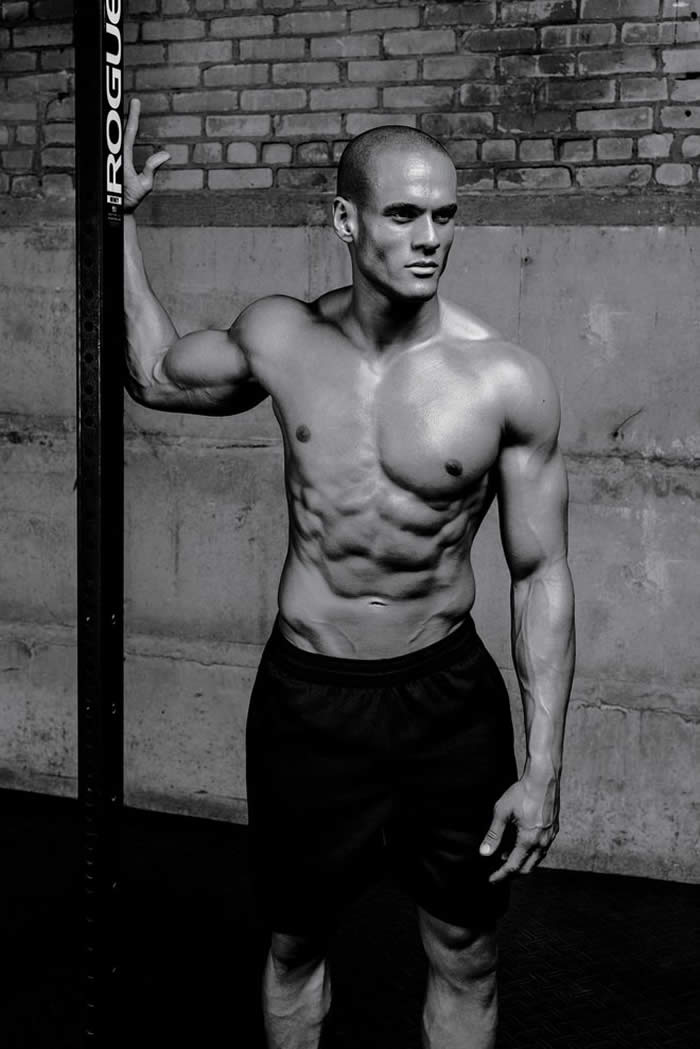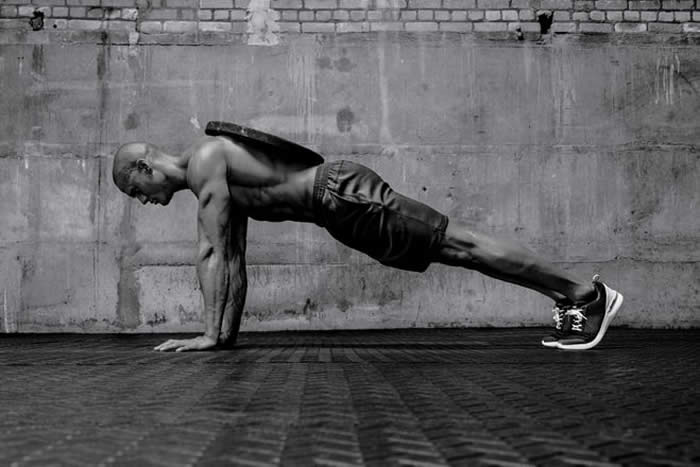5 Gym Hacks That Actually Work
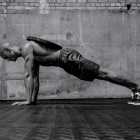
We live in a Golden Age of fitness science. Studies come out every month that confirm one or another fundamental truth about how to get in shape the power of rest and recovery, the importance of mental toughness, or the unbeatable efficiency of high-intensity interval training. Still, buried within all those studies are subtleties and finer points that can make all the difference in how strong, fast, and healthy you feel and look. And that’s where we come in. We raided the latest research, talked to leading experts, and honed five workout upgrades that you can make right now. The tweaks may be simple, but follow the advice faithfully and the results will be nothing short of genius.
[contentblock id=1 img=adsense.png]
1. FACT: Interval training works.
How to use it: Go harder and shorter to get fitter.
By now, most everyone knows that short bursts of intense cardio deliver big leaps in fitness — you move faster, breathe better, and even your blood sugar numbers improve. There’s just one catch: “Intense” leaves no room for half-assing. From the landmark 1996 Tabata study that kicked off the interval-training craze to the hundreds of similar studies that have followed, the largest gains have always come when subjects drove themselves to the wall. “There’s no free lunch with intervals,” says Martin Gibala, chairman of the kinesiology department at McMaster University and a leading researcher for high-intensity interval training (HIIT).
Read More: 5 Pool Workouts for When You’re Sick of the Gym
2. FACT: Functional exercises are the ideal way to get strong.
How to use it: Advance a little every time you train.
Pushups, pullups, squats, dead lifts. These classics are the foolproof way to build strength, and are a helluva lot more useful to get you through everyday life than muscle-isolating curls or leg raises on machines. The common mistake: doing the exact same functional workout over and over and over again. The human body is remarkably good at adjusting to new demands, and even within a month, muscles can become accustomed to doing the same routine and your strength gains plateau. But the solution is not to randomly vary the exercises every time you work out. According to Mark Rippetoe, reigning American barbell guru and author of Starting Strength, “the variable that you tweak should never be exercise selection. It has to be load or none of your muscles have a chance to adapt.”
[contentblock id=2 img=adsense.png]
3. FACT: Mobility is key to fitness gains and injury prevention.
How to use it: Zero in on hips and shoulders.
One of the biggest revelations in athletics is that mobility — the freedom to move without pain through the full range of squats, lunges, pushups, and pullups depends less on stretchy muscles than mobile, supported joints. And no joints are more important than the two big guys: hips and shoulders. Limited mobility in either place, and even in one joint a hip, for example can cause a chain reaction of problems throughout the body. “It creates a compensatory pattern,” says Chicago physical therapist David Reavy, who treats professional athletes as well as mere mortals. “Say, if you lose what we call ‘posterior glide’ in that hip your hip joint gets so stiff that you can’t sink into a proper squat then your glute shuts down and stops firing.” Soon, your pelvis is tilting forward, your lower back muscles are seizing up, your hamstrings are tight, and, ultimately, your knees start to hurt and all because one hip joint got constricted. A parallel story happens above the waist.
Read More: 10 Best Home Gym Equipment
4. FACT: To make gains, you have to recover.
How to use it: Recover by moving.
The essence of training goes like this: First, you tell your body that it’s not fit enough by applying a new stress — lifting a heavier weight, running a faster mile. That breaks down muscle fibers, and during recovery, your body repairs the fibers and makes them stronger. That means recovery is just as vital as the workout. But the most effective method doesn’t always mean taking a day off. In many cases, active recovery moving around helps you bounce back fitter, faster. After a heavy weights day, for example, a University of Oregon study found the ideal recovery strategy is a day of light lifting using the exercises that got you sore. (So if you crushed the bench press with three sets of 10 reps at 135 pounds, your recovery session could be two sets of five reps at 65 pounds.) Same for cardio. After a long run Sunday, log a light 30-minute jog on Monday. “The idea is to increase circulation to those same muscle tissues,” says Pete McCall, adjunct professor in exercise science at Mesa College and spokesman for the American Council on Exercise. “That helps flush the metabolic waste that contributes to soreness and speeds delivery of oxygen and nutrients to repair muscle fibers.”
[contentblock id=3 img=gcb.png]
5. FACT: Strength requires willpower.
How to use it: Create motivation.
Anyone who has ever decided that an after work beer sounds better than going to the gym knows the critical role of willpower. Here’s the thing: You can actually plan to have more of it. According to Frank Martela, a willpower researcher and the author of Willpower: The Owner’s Manual, the key is to simultaneously focus on big goals and the small steps that will achieve them. The mere act of pausing mid-afternoon and reminding yourself of the long-term plan packing on muscle or completing a marathon flips the stressed out mind from short-term gratification (an IPA sure would taste good) to long- term satisfaction (crossing that finish line is going to feel amazing). Plotting small steps makes it all feel more doable. “Be precise, and decide ahead of time how, when, and where to fulfill them,” Martela says. In other words, don’t just think “Maybe I’ll go for a training run tonight.” Pull out your phone, and write “4 miles at the track at 6 PM” on your Google calendar. And that beer? We guarantee it will taste better after hard work.
